
 Hotline
Hotline400-101-4540


 Hotline
Hotline
 Location:
Home -
Product Center -
Post treatment series -
Micro thermal regeneration adsorption series -
Micro heat regeneration adsorption dryer
Location:
Home -
Product Center -
Post treatment series -
Micro thermal regeneration adsorption series -
Micro heat regeneration adsorption dryer
Product Center

欢迎您随时来电咨询
400-101-4540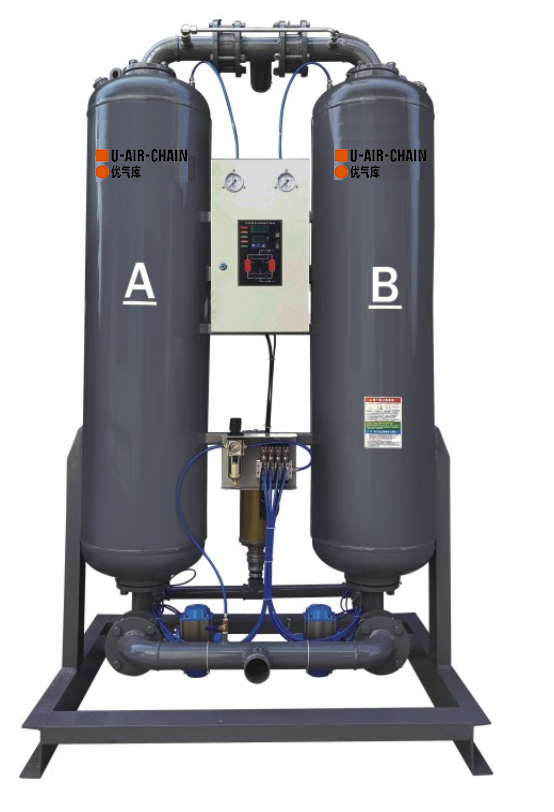
Operating conditions and technical requirements
Rated inlet pressure: 0.7MPa (0.6mpa-1.0mpa is allowed)
Rated intake air temperature: 10 ° c-30 ℃ (2 ° C-40 ℃)
Dew point of finished gas: - 20 ~ - 40 ℃, ambient temperature: ≤ 45 ℃
Pressure loss: ≤ 0.02MPa
Regeneration mode: slight heat regeneration
Adsorbent: activated alumina
Oil content of intake air: < 0.1mg/m3
Average regeneration gas consumption: 4-8% gas consumption
Installation method: there is no foundation indoors, the concrete is flat, and the surrounding space is not less than 1m2
Control mode: full electronic programmable time control (dew point control) can be selected

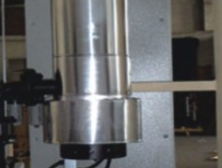
![]() External high efficiency heater
External high efficiency heater
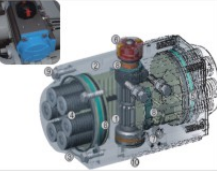
![]() Pneumatic butterfly valve
Pneumatic butterfly valve
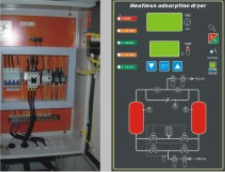
![]() Microcomputer control system
Microcomputer control system
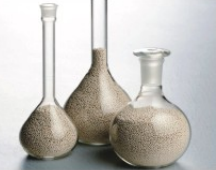
![]() Gnh-280 molecular sieve
Gnh-280 molecular sieve